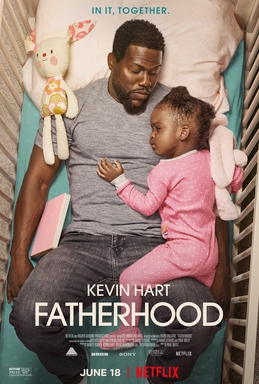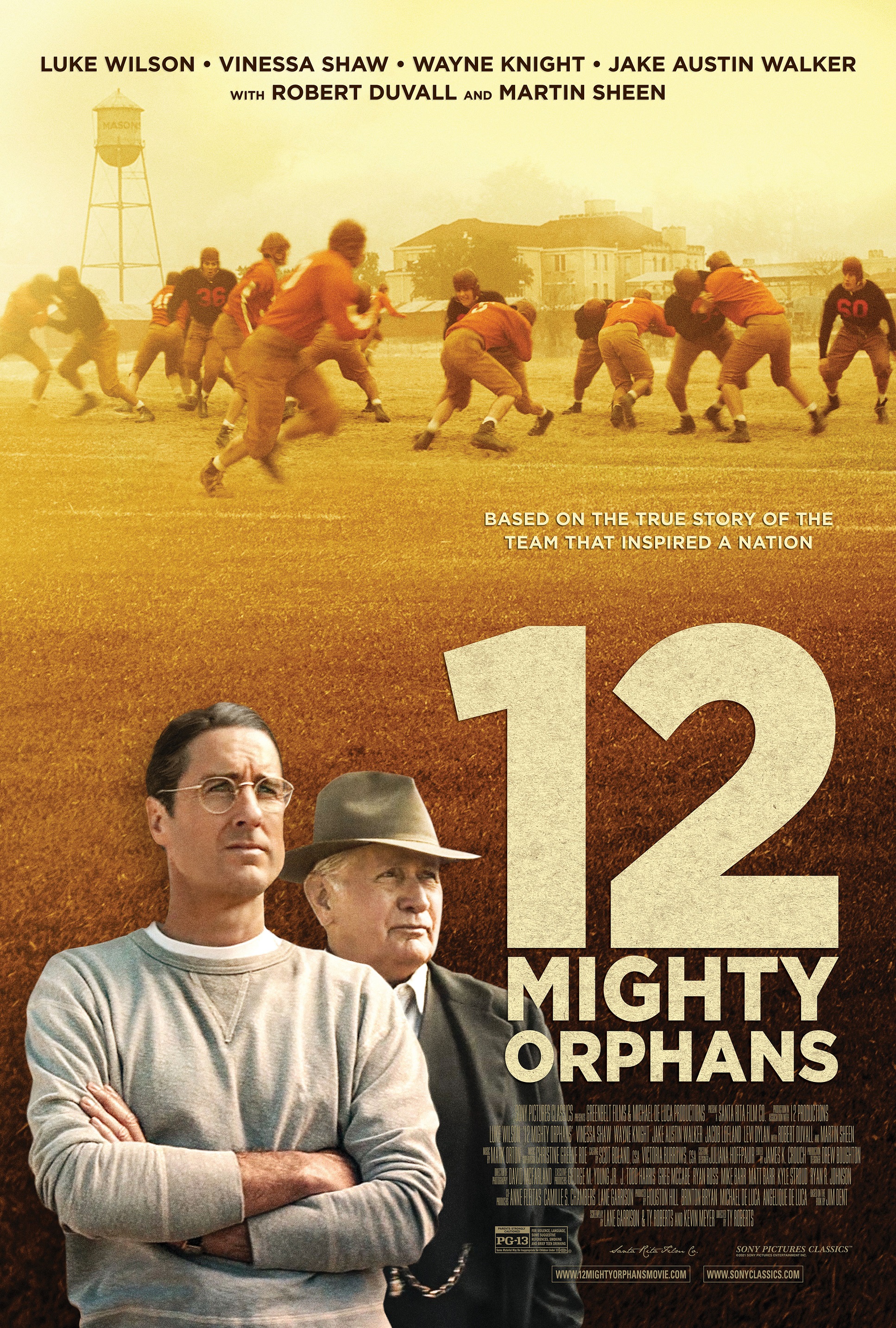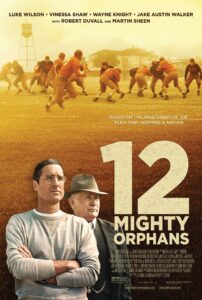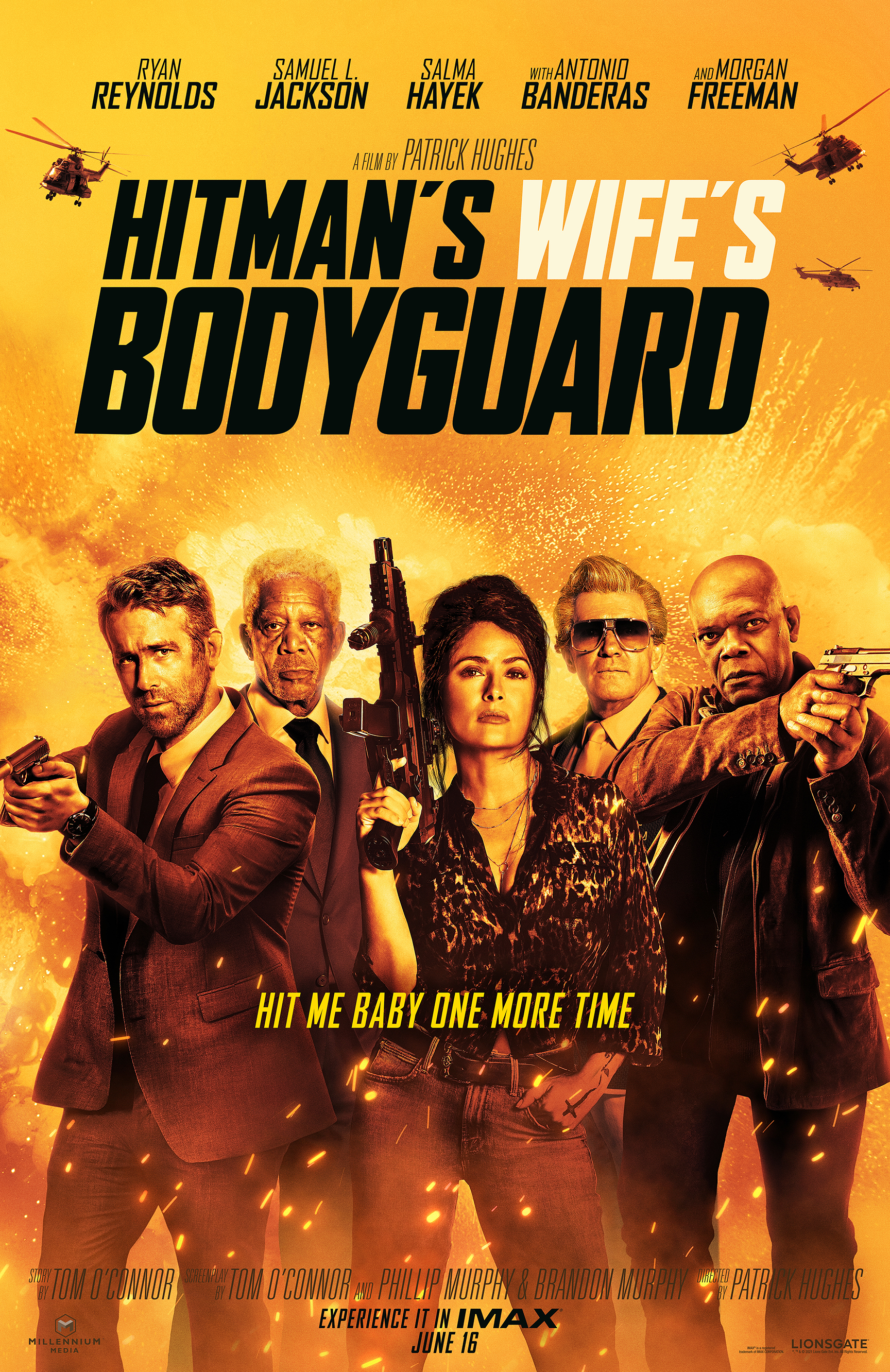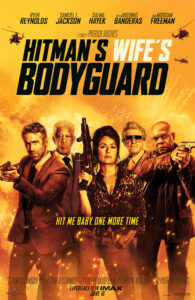Fatherhood
Posted on June 17, 2021 at 5:32 pm
B| Lowest Recommended Age: | Middle School |
| MPAA Rating: | Rated PG-13 for some strong language and suggestive material |
| Profanity: | Some strong language |
| Alcohol/ Drugs: | Social drinking |
| Violence/ Scariness: | Sad death of a parent |
| Diversity Issues: | Diverse characters |
| Date Released to Theaters: | June 18, 2021 |
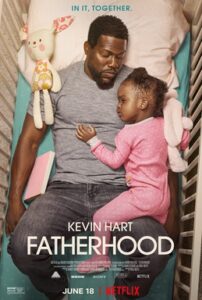
Anyone who has ever raised a child or seen a movie has a pretty good idea of where this is going. See the reference to terror, befuddlement, exhaustion, and devotion above, which every parent knows well, along with the daunting challenges of many, many diapers, installing a car seat, and trimming an infant’s fingernails. Matt also has to face the well-meaning strangers who ask, “And where is her mother?” And the most daunting challenge of all: “You just have to do what’s best for her for the rest of her life.”
Like all parents do, he makes mistakes. Probably not too bad that he has Maddy play poker with his friends. On the other hand, letting her watch an animated series because he figures all cartoons are safe is not a good idea. “If you could have had one parent,” he sighs, “I wish it could have been your mom.” And while Maddy adores her dad, sometimes she wishes for more. “Other people have more people,” she says.
Kevin Hart gives a sincere and heartfelt performance as Matt, who gives his baby Maddy two kisses every night, one from him and one from her mother. He is clear that Maddy is is number one priority and that he will not allow her well-meaning grandmothers to take over just because they do not think he can take care of her.
But he can. Yes, he has a lot to learn. He shows up at an otherwise all-female “parent” support group because he cannot get Maddy to stop crying. And then there is the issue of her hair. He talks his boss into letting him bring her to the office. And he backs her up when she wants to wear pants instead of the skirt of her parochial school uniform.
Matt has two close friends who provide some encouragement, played by Lil Rel Howrey and Anthony Carrigan, who might as well be named Comic and Relief. Hart, who usually has that role, is not an actor of wide range, but his distinctive delivery works well here, especially with the irresistibly charming Melody Hurd as the school-age Maddy. Almost as irresistible is DeWanda Wise as a charming animator who provides the possibility of some adult companionship for Matt, a prospect that is appealing and scary.
The fact that everyone who has ever had or even spent serious time with a child can predict the touchstones in the film is not necessarily a bad thing. These events are touchstones because they are universal. Matt does not struggle with them because he is a man bu because he is Matt, and because these are things every parent finds difficult, the heartwarming depiction of in this film will be touching because it is familiar and resonant.
Parents should know that this film deals with the very sad death of a mother and the struggles of a single father. The film includes potty humor, some sexual references and non-explicit situations, a child being injured, family conflicts, and some strong language.
Family discussion: What was Matt’s most difficult moment? Who gave him the best advice and support?
If you like this, try: “Three Men and a Baby” and the Bryce Dallas Howard documentary “Dads”

